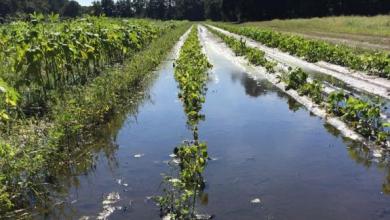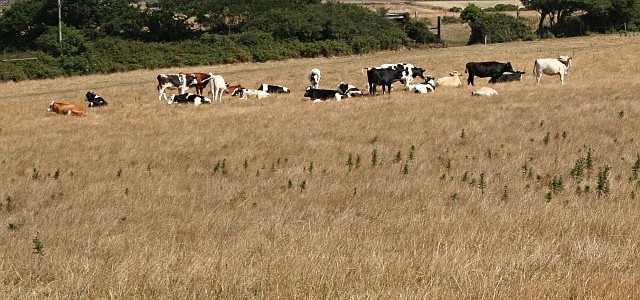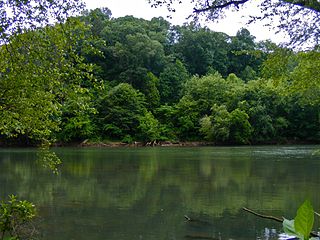Climate and Ag in the news
-

With milder winters occurring in the last few years, there is a renewed interest in growing citrus in northern Florida and even up into Georgia. In the last few years I have worked with some farmers starting to grow satsumas in southwest Georgia. Once the trees are established, they can take temperatures down as low…
-

The Southeast Farm Press reported this week that long-standing research in North Carolina shows corn and soybean yields in the Blacklands can be increased by 10 percent on average if control drainage systems are in place to manage water. These systems not only get excess rainfall off of the fields quickly but also have the…
-

Yesterday NOAA released their global statistics for January 2017. They show that the January temperature across global land and ocean surfaces was 1.58°F above the 20th century average of 53.6°F. This was the third highest for January in the 1880–2017 record, behind 2016 (highest) and 2007 (second highest). This is in agreement with the…
-

If you think it has been warm just here in the Southeast, think again. Many parts of the US are seeing record-setting warmth, including Oklahoma, which has measured temperatures as high as 99 F in the last week. Yes, that’s 99 F! In February. Many climatologists have commented on this unnatural state of climate. You…
Posted in: Climate and Ag in the news -

Drovers Newsletter had a really interesting article this week on one livestock producer’s methods for getting ready to deal with drought. You can find it here. Some of his adaptation methods include having at least a year’s worth of food onsite and keeping cows that could be easily culled in a separate herd so you…
-

After months of waiting, the Special Master to the Supreme Court announced today that he was recommending that Georgia win the lawsuit by Florida which aimed to cap the amount of water that could be used by Georgia before allowing it to flow to Florida. The State of Florida contended that Georgia was unlawfully taking…
-

Iowa State University has announced a new set of publications discussing the impacts of weather and climate on several specialty crops. The publications are listed collectively as “Climate and Weather: Specialty Crop Growers’ Views and Priorities to Manage Uncertainty in Production Systems.” While most these publications are aimed at folks from the Midwest, there is…